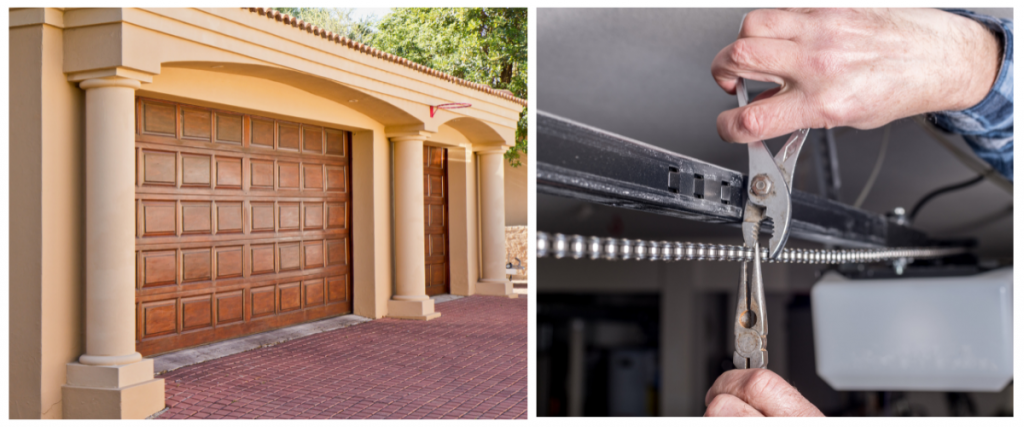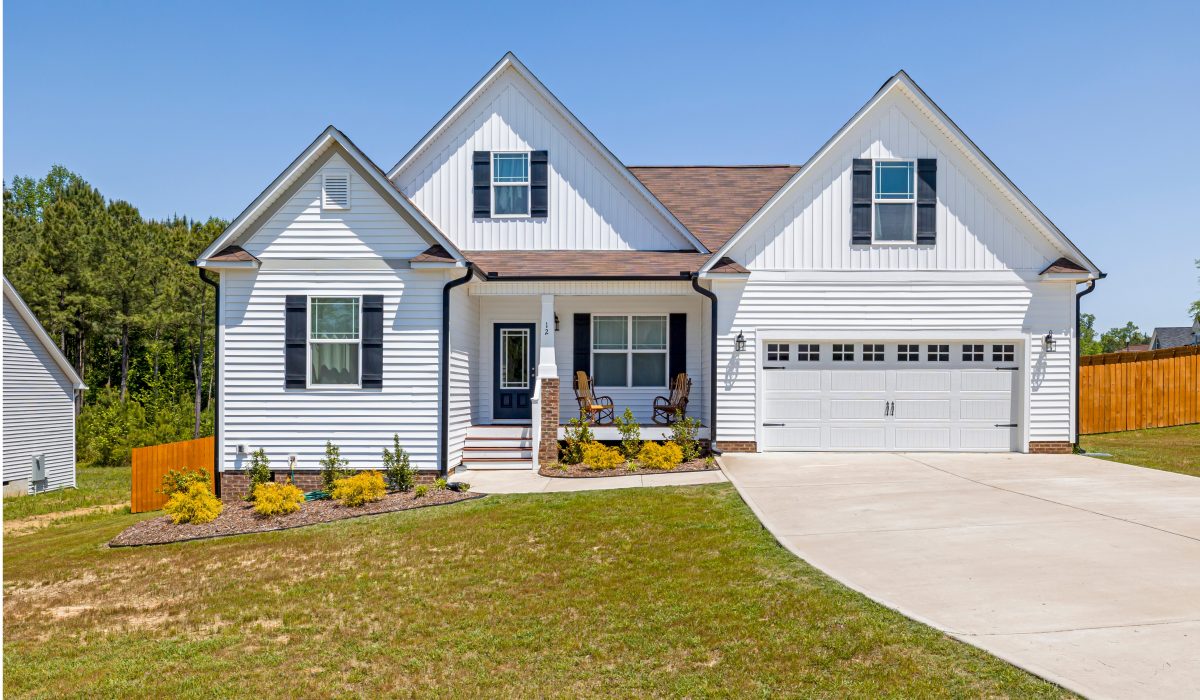Welcome to your comprehensive guide to understanding the mechanisms behind garage doors. Whether you’re a homeowner looking to understand the inner workings of your garage door, or a professional looking to expand your knowledge, this guide will provide you with essential information and tips to ensure the safety and functionality of your garage door. From the different types of mechanisms to common troubleshooting issues, this guide has got you covered.
The Basics: How Garage Doors Work
A complex interplay of components designed to provide seamless operation is at the heart of every garage door system. Understanding the basics is the key to appreciating the intricacies involved. A garage door typically comprises panels, hinges, rollers, and a motorized opener. The panels move along a track, guided by the rollers, allowing the door to open and close smoothly.
Critical Components of Garage Door Mechanism
- Panels and Hinges: Garage door panels are not just for aesthetics; they serve a structural purpose. These panels are connected by hinges, allowing them to bend and flex as the door moves.
- Rollers and Tracks: The smooth operation of a garage door depends on high-quality rollers and well-aligned tracks. These components ensure that the door moves effortlessly, reducing wear and tear.
- Springs and Counterbalance: Counterbalance systems, often springs, play a critical role in making it easy to lift and lower the garage door manually. Understanding the tension and balance of these springs is essential for proper maintenance.

Types of Garage Door Mechanisms
Any residential or commercial garage door can be classified into one of these five main types of mechanisms. Each type operates differently and has its own set of advantages and disadvantages. It’s important to understand the functionality of each type before making a decision for your property. Here is a breakdown of the different types of garage door mechanisms:
| Roll-Up Garage Doors | A space-saving option commonly used in commercial and industrial settings. It consists of horizontal slats that roll around a drum above the door opening. |
| Sectional Garage Doors | One of the most popular options for residential properties. These doors are made up of separate horizontal panels that lift vertically and then glide into the garage ceiling. |
| Tilt-Up/Up and Over Canopy Garage Doors | A solid one-piece door that pivots out and upward, forming a canopy in front of the garage. The portion of the door that extends beyond the front of the house is called the canopy. |
| Side Hinged Garage Doors | A traditional style where the door opens from the center and swings outwards from the vehicle entrance. It provides quick and easy pedestrian access. |
| Tilt-Up/Up and Over Retractable Garage Doors | Similar to the canopy mechanism, but the door retracts fully into the garage, leaving no portion extending beyond the front of the house. |
Maintaining Your Garage Door: Tips and Best Practices
Proper maintenance is crucial for your garage door’s longevity and efficient operation. Neglecting routine care can lead to costly repairs and inconvenience. Here are some practical tips for maintaining your garage door:
- Regular Inspection: Perform visual checks on the various components, including springs, rollers, and tracks. Look for signs of wear, rust, or damage.
- Lubrication: Keep moving parts well-lubricated to reduce friction. This includes hinges, rollers, and the opener’s motor.
- Balance Check: Test the balance of your garage door by disconnecting the opener and manually operating the door. It should move smoothly without significant resistance.
- Weather Stripping: Inspect and replace weather stripping to protect your garage from the elements and enhance energy efficiency.
Troubleshooting Common Garage Door Issues
Despite regular maintenance, garage doors may encounter issues that require troubleshooting. Understanding the common problems and their solutions can save you time and money.
Noisy Operation:
- Cause: Lack of lubrication on moving parts.
- Solution: Apply a silicone-based lubricant to hinges, rollers, and springs.
Uneven Closing or Opening:
- Cause: Misaligned tracks or worn-out rollers.
- Solution: Adjust the tracks or replace damaged rollers to ensure smooth operation.
Door Reversal Issues:
- Cause: Sensor misalignment or obstruction.
- Solution: Check and adjust the sensor alignment; clear any obstacles in the sensor’s path.

Deciphering the Garage Door Puzzle
In conclusion, understanding the dynamics of garage door mechanisms unveils a world of engineering marvels. From the essential components to the diverse types of mechanisms, each element contributes to the overall functionality of this essential part of our homes. Regular maintenance and troubleshooting knowledge empower homeowners to keep their garage doors operating smoothly, ensuring convenience and security.
Explore the world behind your garage door, and you’ll discover a symphony of moving parts working together to make your daily life more comfortable and secure. Remember, a well-maintained garage door enhances your home’s aesthetic appeal and adds to its overall functionality and value.





